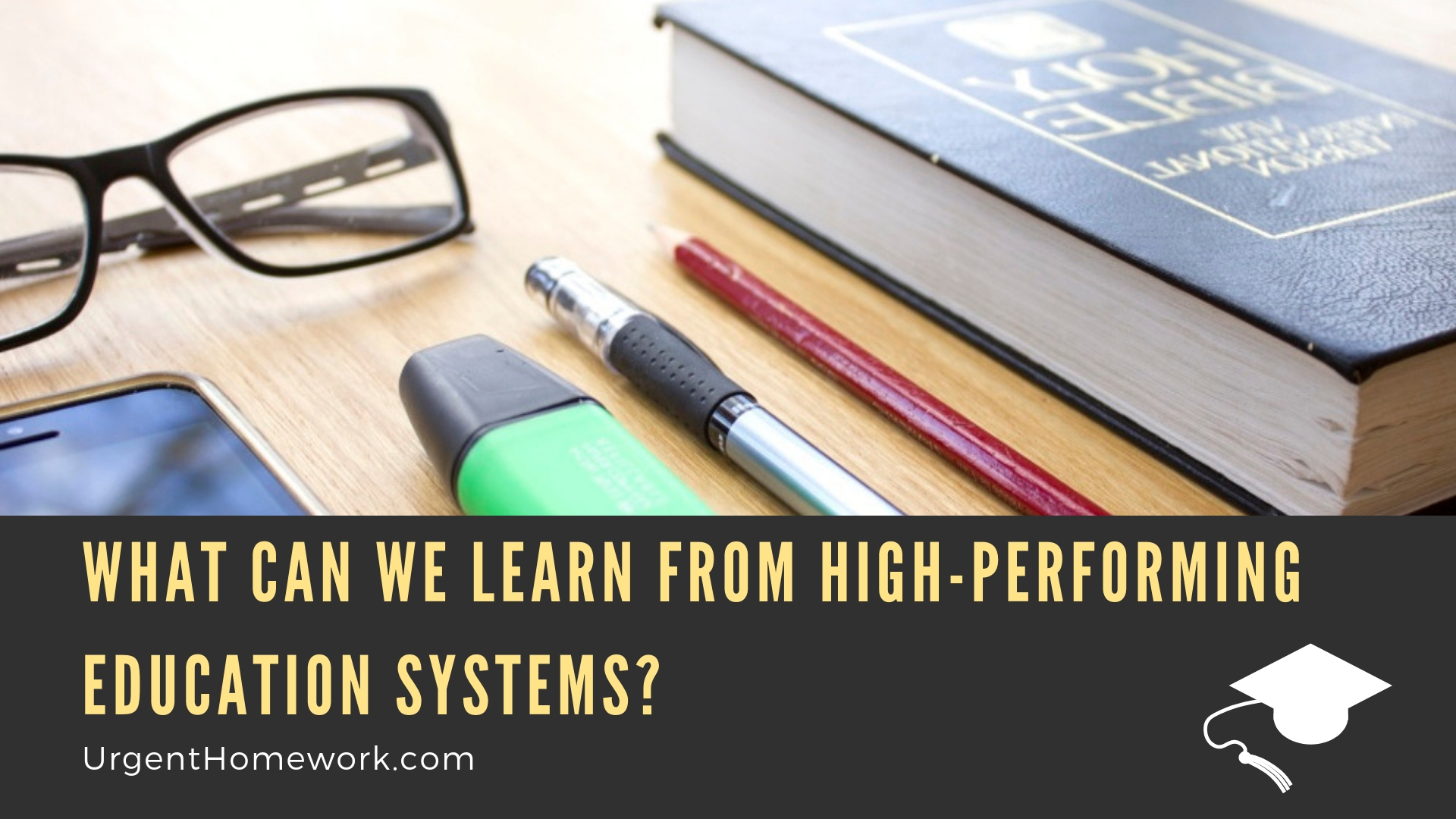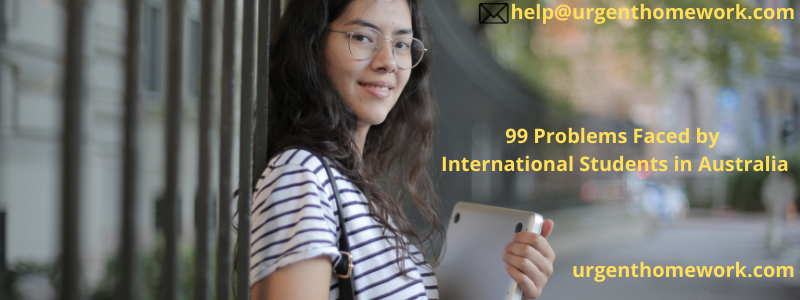The educational systems of Canada, Finland and Hong Kong are notable for their extraordinary execution – in worldwide training rankings as well as the change they’re moving in other instruction frameworks around the globe.
In any case, what are the key to their prosperity?
In 2011, Canada disclosed an education plan that spread out five critical components of instruction change: customized learning for all understudies; quality educating and learning; adaptability and decision; exclusive requirements; and learning controlled by innovation.
Working with instruction accomplices to upgrade the educational modules around these five key regions sent the message that the Ministry would depend on the expert mastery of educators as opposed to issuing a best down mandate.
Since these changes, Canada has developed as an instructive pioneer in global appraisal rankings.
Likewise, with Canada, Finland’s education framework – which is broadly recognized as truly outstanding on the planet – climbed the worldwide class tables pair with proof put together changes based with respect to what has the best effect on educating and learning.
Specifically, Finland’s solid spotlight on customized learning, school self-governance and a de-jumbled educational module, has given understudies, educators and adaptability to advance, scholastically and professionally.
Not laying on its trees, Finland’s Ministry of Education executed another national educational module in 2016 to guarantee its educational system would stay high-performing and not fall behind in the midst of a time of fast change the world over.
The new educational programs were further de-jumbled and fixated on showing understudies “how to learn” rather than “what to learn” – an idea that another high-performing training framework, Singapore, is embracing for its schools.
While the training framework in Singapore is very concentrated, the legislature has installed a culture of progress, adjustment and advancement as far as how it runs schools.
As pointed out by the Brookings Institute, this education has prompted a higher resistance for dangers and disappointments are controlled on a lot littler scale.
This additionally considers an emotional increment in the number of on-screen characters associated with the advancement procedure, normally prompting more developments. At last, this experimental procedure could conceivably reveal extremely powerful methodologies that could be material on a wide scale.
In Australia, recently declared changes by the Federal Government are intending to align instructive practice with the previously mentioned best entertainers, yet in one state, they have been going full speed ahead for quite a long time.
The NSW education framework has been perceived by instruction specialists for the world’s best school subsidizing model as well as being a standout amongst the most groundbreaking.
Yet, similar to Finland, NSW schools aren’t underestimating this achievement. In May, the NSW Government declared that the state’s school educational programs would be de-jumbled as a feature of the main significant audit in 29 years.
At the point when the NSW Secondary Principals Council’s held its yearly meeting among Tuesday and Thursday this week, high on the plan was the benefit of having educational modules “where toning it down would be ideal”.
Presland indicated high-performing education frameworks, for example, Finland and the territory of British Columbia in Canada as being instances of how a de-jumbled educational module can leave more space for good instructing and learning.
The 5 best educational systems on the planet
Consistently, the World Economic Forum discharges its Global Competitiveness Report on the condition of the world’s economies.
The WEF takes a gander at information on regions as differed as to the soundness of banks to the refinement of organizations in every nation. It at that point utilizes the information to arrange an image of the economy of pretty much every nation on earth.
Nations were positioned by the “12 mainstays of intensity,” which incorporates large-scale monetary condition, foundation, wellbeing and essential education, and work showcase productivity.
We have penetrated down into the tutoring information to take a gander at which nations have the best education frameworks. Neither the US or the UK measure up in the best.
Here are the ones that made the review:
5. Netherlands:
Dutch kids were observed to be the most joyful on the planet in a 2013 Unicef examine, driving the way all-inclusive instructive prosperity among others. Schools ordinarily don’t give much homework until auxiliary dimension and understudies report little weight and stress. Schools are separated between confidence schools and “nonpartisan” state schools, with just a few tuitions based schools.
4. Singapore:
Singapore scores unbelievably exceedingly in the PISA tests, which mean to quantify and think about the execution of understudies crosswise over various nations. In any case, the educational system likewise has a notoriety for being a weight cooker, putting understudies under a ton of worry at a youthful age.
3. Belgium:
Belgium has four distinct types of auxiliary schools, specifically broad optional schools, specialized auxiliary schools, professional auxiliary training schools, and craftsmanship optional instruction foundations. The Fulbright Commission in the US, which sorts out understudy trades with Belgium and Luxembourg says: “Training appreciates the high need and the biggest offer of the territorial governments’ yearly spending plan in Belgium. Finish frameworks of open and non-public schools are accessible to all kids between the ages of 4 and 18, at practically zero expense.”
2. Switzerland:
Only 5% of youngsters go to non-public schools in Switzerland. Exercises are educated in various dialects relying upon the area of Switzerland, with German, French or Italian the most widely recognized dialects of guidance. From auxiliary onwards, understudies are isolated by capacity.
1. Finland:
Finland routinely best rankings of worldwide instruction frameworks and is celebrated for having no banding frameworks — all students, paying little heed to capacity, are educated in similar classes. Subsequently, the hole between the weakest and the most grounded understudies is the littlest on the planet. Finnish schools additionally give moderately little homework and have just a single obligatory test at age 16.




